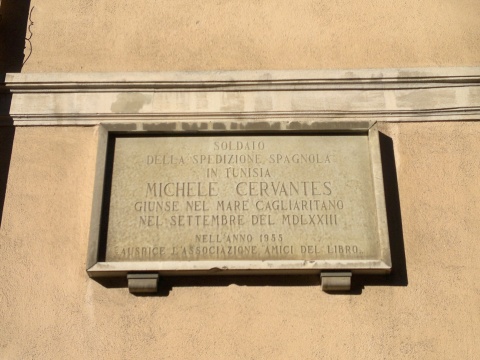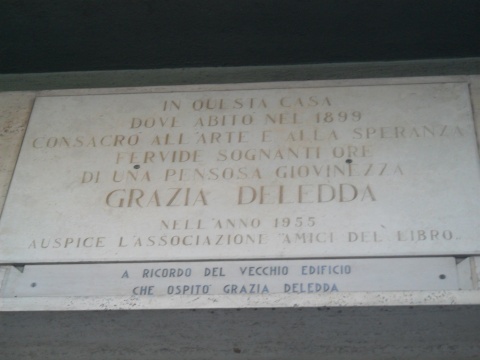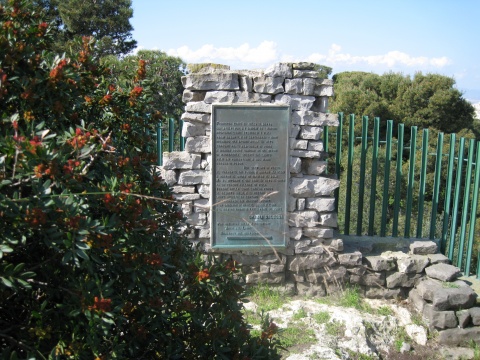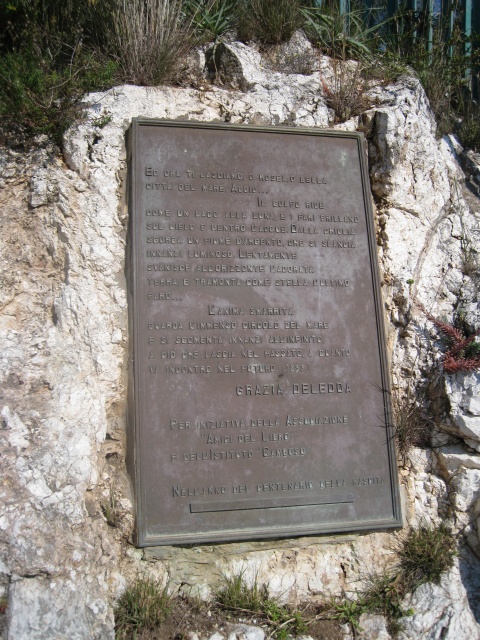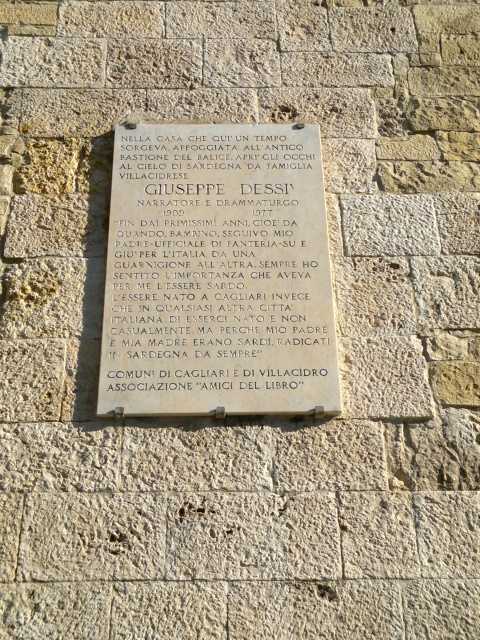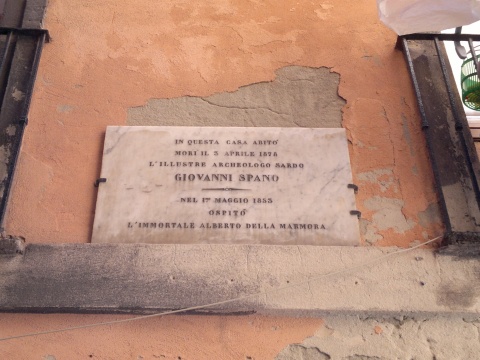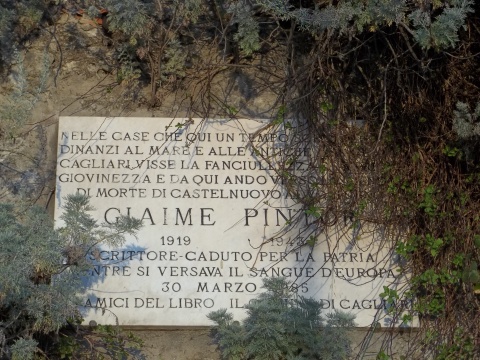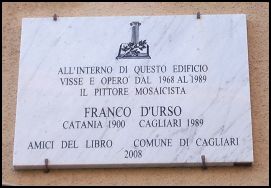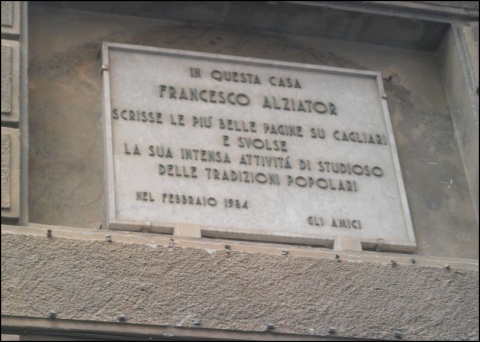Nicola Valle Commemorative Plaque
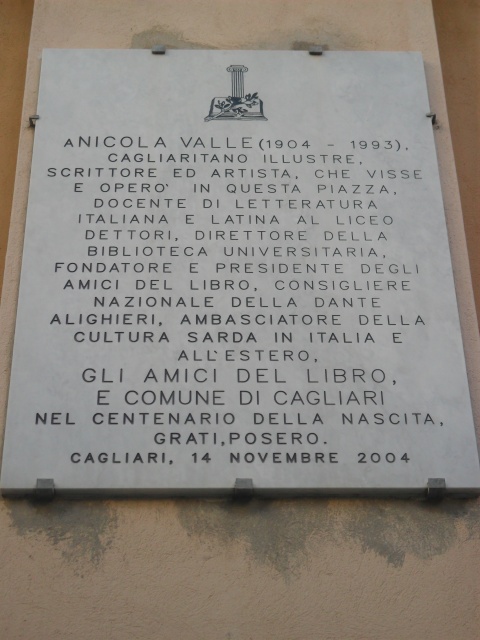
The commemorative plaque for Nicola Valle was placed in Dettori Square, in the Marina district, on the facade of the classical high school, in honour of this illustrious teacher, who taught Italian and Latin literature here. Nicola Valle was a scholar and a writer and he founded the Friends of The Book Association which contributed to the promotion of reading and of culture. He was appointed director of the University Library, which he rearranged and enriched and, furthermore, he was a great lover and scholar of music. He obtained the violin diploma at a young age and performed in the most important Italian theatres.
Lapide Commemorativa di Nicola Valle
Lapide Commemorativa di Nicola Valle
Piazza Giovanni Maria Dettori

Add new review
Your review will be visible after approval by the editors
To post a review you must be an authenticated user.
Log in with Social Login
